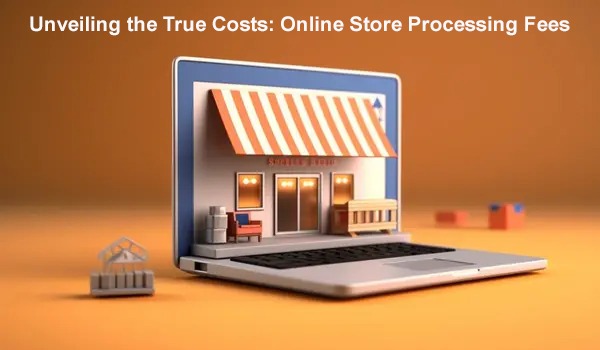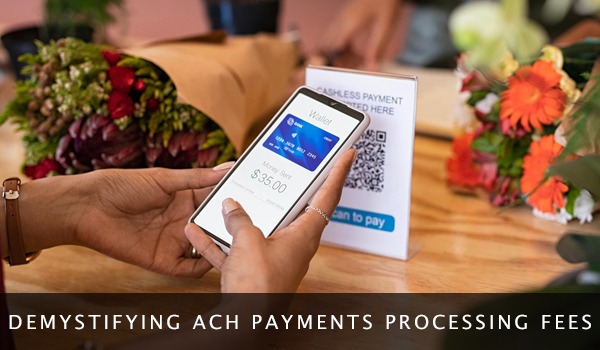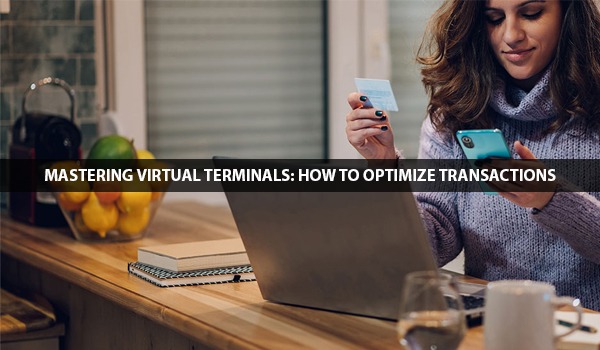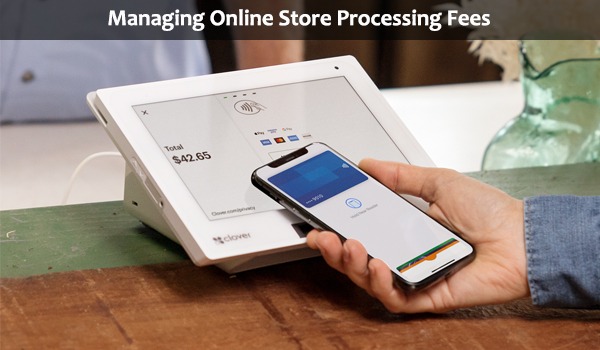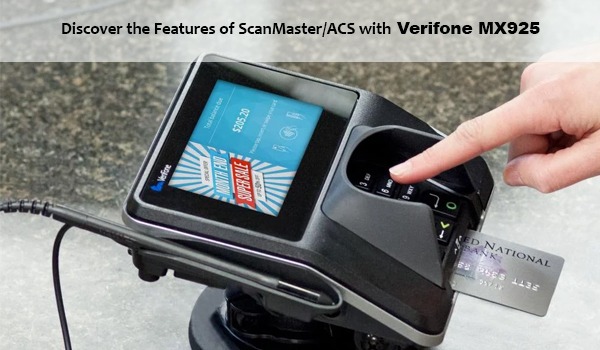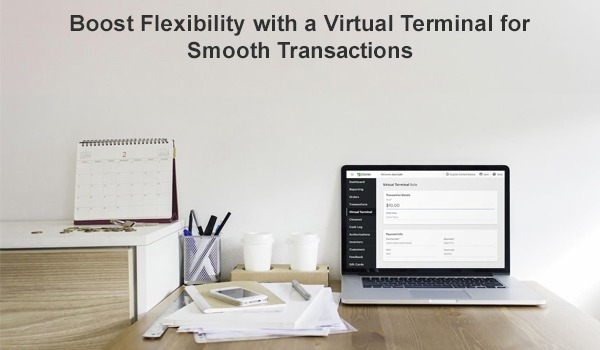
Introduction
Remember the days when cash was king, and a bulky register occupied a sizable chunk of counter space? Times have changed dramatically. We've swiftly transitioned from traditional to digital payment methods, with virtual terminals now playing a pivotal role in modern businesses.
Virtual terminals have become the superheroes of payment processing, offering a level of flexibility and efficiency that those old registers could never dream of. Let's dive into how these innovative systems work and why they're a game-changer for businesses of all sizes.
Understanding Virtual Terminals: A Deep Dive
The Evolution of Payment Processing
From bulky cash registers to sleek, digital platforms, the history of payment processing is marked by innovation aimed at making transactions smoother and businesses more efficient. The advent of virtual terminals marks a significant milestone in this evolution, offering a versatility unmatched by traditional methods.
What is a Virtual Terminal?
At its core, a virtual terminal is an online version of the physical point-of-sale systems we're all too familiar with. But instead of swiping a card through a machine, transactions are processed over the internet. Imagine being able to accept credit card payments with just a few clicks on your computer or mobile device – that's the power of a virtual terminal.
How virtual terminals differ from physical point-of-sale systems
Unlike their clunky counterparts, virtual terminals require no special hardware. All you need is an internet connection, and you're set to process payments from anywhere in the world. This flexibility is a significant advantage for businesses that operate both offline and online or those looking to expand their reach without investing in costly equipment.
Key Features of Virtual Terminals
Definition and How They Work
A virtual terminal serves as an internet-based payment platform enabling businesses to conduct transactions without relying on physical credit card machines. Picture this: A secure, web-based portal where you enter your customer’s payment details and voilà, the transaction is processed. Magic, isn’t it?
- Payment processing capabilities – Accept payments from all major credit cards, quickly and safely.
- Integration with other business systems – They play well with your existing accounting and CRM systems, making your life easier.
- Security and compliance standards – With built-in security measures, virtual terminals ensure your customer's data is protected, adhering to all PCI Compliance standards.
The Benefits for Your Business
Anywhere, Anytime Transactions
The beauty of virtual terminals lies in their ability to free businesses from the confines of a physical location. Imagine making a sale or accepting a payment while sipping coffee in your backyard. That’s the level of flexibility we’re talking about!
Enhancing customer experience
In a world where convenience is king, offering smooth and straightforward payment options can significantly enhance the customer experience. Imagine the ease of invoicing a client and getting paid with just a few clicks – it doesn't get much better than that!
Streamlining the payment process
Gone are the days of manual entries and the errors that come with them. Virtual terminals streamline the entire payment process, making transactions faster and reducing the risk of errors.
Expanding payment options and flexibility
With a virtual terminal, the world is your oyster. You're no longer restricted by location or limited to certain payment methods. This flexibility means you can cater to a wider range of customers, boosting your sales potential.
Setting Up Your Virtual Terminal for Success
Selecting the Right Virtual Terminal Provider
When choosing a provider, consider three crucial factors: cost, features, and support. It's not just about finding the cheapest option but selecting a service that offers the best value for your business needs.
Integration and Configuration
Here's a step-by-step guide to setting up your virtual terminal:
- Sign up with your chosen provider.
- Integrate it with your existing systems (don't worry, most providers offer guidance or customer support to help you through this process).
- Start processing payments!
Training and Best Practices
Ensuring your team knows how to use your new system is crucial. Invest time in training staff and establishing security and compliance best practices to keep your transactions smooth and safe.
Real-World Applications: Virtual Terminals in Action
Retail and E-Commerce
For online businesses, virtual terminals can significantly enhance the shopping experience by simplifying the payment process. Small brick-and-mortar shops also benefit, using virtual terminals to streamline backend processes.
Services and Consultancies
If you're in the service industry, virtual terminals can simplify billing and invoicing, making it easier to get paid on time. Plus, they improve client engagement by ensuring smooth transactions
Hospitality and Events
Managing reservations and bookings becomes a breeze, and flexible payment options mean happier customers and better reviews.
Overcoming Common Challenges with Virtual Terminals
Addressing Security Concerns
- Understanding and implementing PCI Compliance is non-negotiable.
- Keep customer data safe by following best practices and utilizing the security features of your virtual terminal.
Navigating Technical Issues
- Familiarize yourself with common problems and their solutions.
- Ensure you have a reliable support system in place to resolve issues quickly.
Enhancing User Experience
- Customize the payment process to make it as user-friendly as possible for your customers.
- Listen to feedback and continuously seek ways to improve your services.
Future of Transactions: What’s Next for Virtual Terminals?
Technological Advancements
The horizon looks promising, with innovations aimed at making virtual terminals even more secure, efficient, and user-friendly.
Integrating with Other Business Tools
The future is all about synergy. Expect to see more seamless integration of virtual terminals with various business tools, amplifying their utility.
Adapting to Consumer Behavior Trends
Staying ahead of the curve means adapting to the ever-changing preferences and behaviors of consumers, a challenge virtual terminals are well-equipped to meet.
Conclusion
To wrap things up, virtual terminals are not just a trend; they're a significant evolution in how businesses process transactions. They offer unmatched flexibility, expand payment options, and streamline operations, positioning themselves as a crucial component in the future of commerce. As we move forward, staying updated on trends and advancements in virtual terminal technology will be vital for businesses looking to stay ahead of the curve.
So, why not take a step into this flexible, efficient future today? Your business – and your customers – will thank you.
